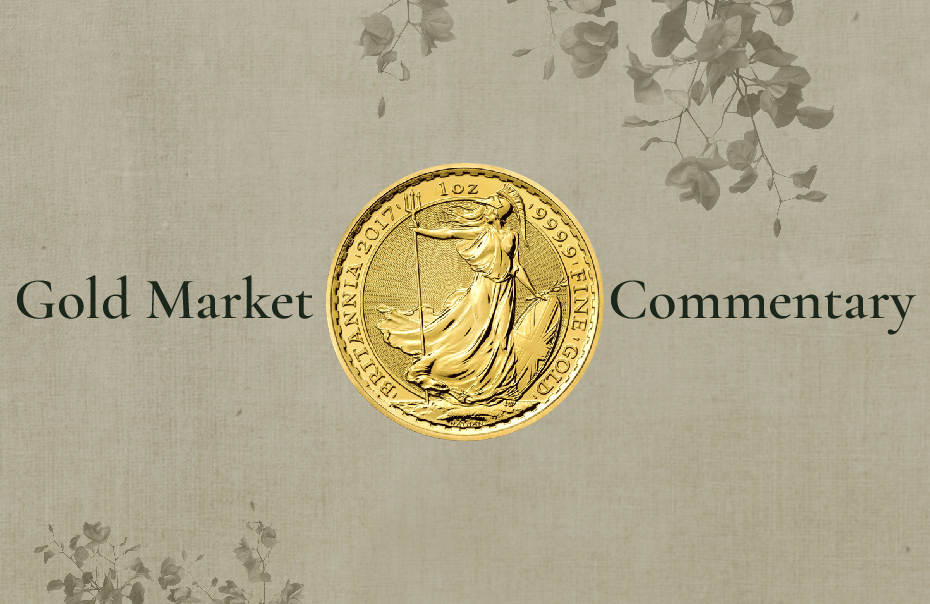Gold prices retreated in mid-August after hitting an all-time high, taking a breather after a rally seen by many analysts as “too far, too fast.”
However, after consolidating, gold seems poised to renew gains, supported by the havoc reaped by coronavirus on the global economy, which is set to trigger more monetary stimulus.
Gold was down 0.8 percent to $1,943.35 per ounce on August 14.
Gold prices dropped 4.5 percent in the second week of August to August 14, as investors took profits after the yellow metal hit a record peak of $2,072.50 per ounce on August 7. Gold is up over 28 percent so far this year.
An impasse over a U.S. stimulus bill helped stimulate profit taking, as well as sentiment that gold had hit the new peak sooner than many had foreseen.
But the ingredients are in place for a renewed rally in bullion later: gold’s appeal as a “safe haven” is likely to be underpinned by a
continuing rise in cases of coronavirus — more localised lockdowns, sharp spikes notably in France and in Spain, heaping more stress on the travel and tourism industry — and expectations for further rounds of central bank monetary stimulus.
Gold seems more attractive to investors during the current climate of ultra-low interest rates, because bullion bears no yield.
The gold price is well-positioned to resume its upwards climb after the latest consolidation, Lawrie Williams, commentator for bullion dealer Sharps Pixley, wrote in mid-August.
“We do anticipate that gold and silver’s sterling performance is likely to resume unless the U.S. Labor Day holiday at the beginning of next month presages a total change in sentiment,” Williams wrote.
“The U.S. and global economies have been hit hard by the coronavirus and will take months, if not years, to get back to anywhere near normal.”
“Once the realisation sets in amongst the investing public and funds that any recovery is only likely in the far distant future, equities will likely start to crash again, while the precious metals sector – notably gold and silver – will see a resumption of safe haven interest and resume their upwards paths.”
For UK gold savers, the recent strength in sterling against the U.S. dollar in which gold is denominated, bolsters the case for acquiring the yellow metal, as gold will be cheaper to buy in pounds.
Sterling’s recent fortitude may be more a function of a weaker dollar than any intrinsic resilience as the UK economic outlook remains dismal after a 20 percent contraction in GDP in the second quarter.
The British economy shrank by significantly more than the EU and U.S. economies in the same period.
Any possible second wave of coronavirus would potentially deepen the UK recession and drag the pound lower.
































